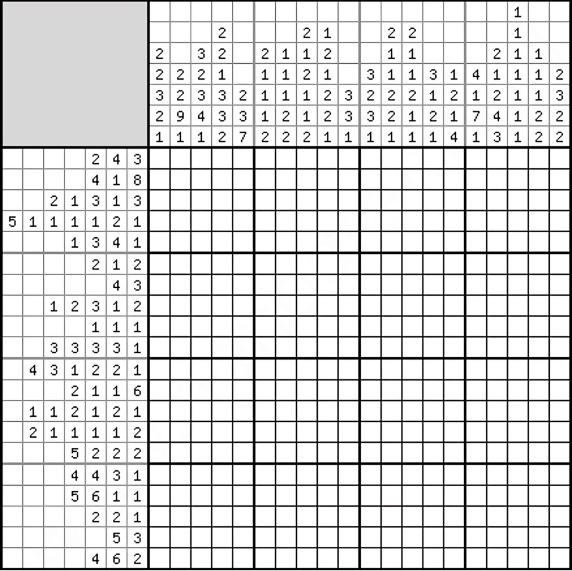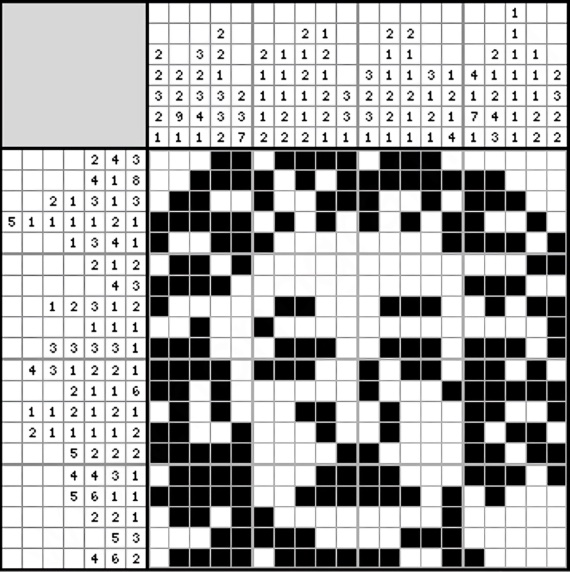By now you have probably heard of prosopagnosia—also known as face blindness— thanks to the highly publicised case of Brad Pitt, which has been the subject of countless articles and reports, often presenting the condition as a strange or very rare disease.
But is it really so rare? Until now, face blindness was estimated to affect 2% of the population. However, a recent study by researchers at Harvard Medical School and the VA Boston Healthcare System has found that prosopagnosia is a slightly more common disorder than previously thought, raising the percentage of people affected to 1 in 33, or 3.1% of the population—about 240 million people worldwide.
Brainteaser 1: Guess who
To determine their ability to recognise faces, the researchers gave the study volunteers two tests. The first involved recognising new faces. This brainteaser repeats that test: you have 30 seconds to learn this gallery of faces. Then try to recognise all the faces that are repeated in the second gallery (and identify the ones that are not).
The origin of face blindness
This percentage, however, is likely to go higher, as another study, this one by neuroscientists at Dartmouth College, suggests that long Covid-19 may be a cause of prosopagnosia.
This is not so surprising: face blindness can be a congenital condition, either inherited through genes or abnormal foetal brain development, or acquired, as a result of injury or damage to the temporal and/or occipital lobes. And this is where Covid comes into play, as it is known to cause damage to the brain, as evidenced by the numerous neurological problems already confirmed to be caused by the virus, such as loss of taste and smell, memory loss, attention and concentration problems, speech and language difficulties, and brain fog.
Returning to the initial study, apart from the numerical data—which represents an insignificant increase—the most interesting thing is that it has made it possible to prove that face blindness is not a watertight compartment, a disease that you either have or you don’t have, but that, like many other mental disorders, it is a broad-spectrum disorder.
Brainteaser 2: I’ve seen this person on TV
The second test in the study was to recognise a series of faces of famous people. This challenge is maintained in this brainteaser, except that the faces are blurred.
Humans have a remarkable ability to identify familiar faces. This trait is thought to be a consequence or evolutionary adaptation arising from the need to recognise members of the same group, clan or tribe. In other words, friends versus strangers—and potential enemies.
However, not all individuals have the same ability, but rather this is presented as a range of reliability where the average value marks normality, and where prosopagnosia is then located at the lower end, as a disorder that manifests itself with varying degrees of severity, from mild or moderate to severe, the further we move towards the lower end of the range of values.
Going back to the figures from the study, 1% of the population experience severe face blindness and 2.1% moderate or mild face blindness. This means that at least 33% of people with the disorder—representing 1% of the general population—are undiagnosed and are simply terrible at recognising faces.
Brainteaser 3: Not face blindness, but nonogram blindness
Nonograms are a type of puzzle in which the objective is to reveal a hidden image on the board by colouring/shading in some of the cells in the grid by following the numbers located in the margins. Each number indicates the squares or groups of contiguous squares—leaving one or more squares without shading between each unit or group—that have to be crossed out in each row or column.
So now the challenge is twofold: first, you have to bring to light the famous face hidden on the board, and then try to identify it.

Solution

Comments on this publication